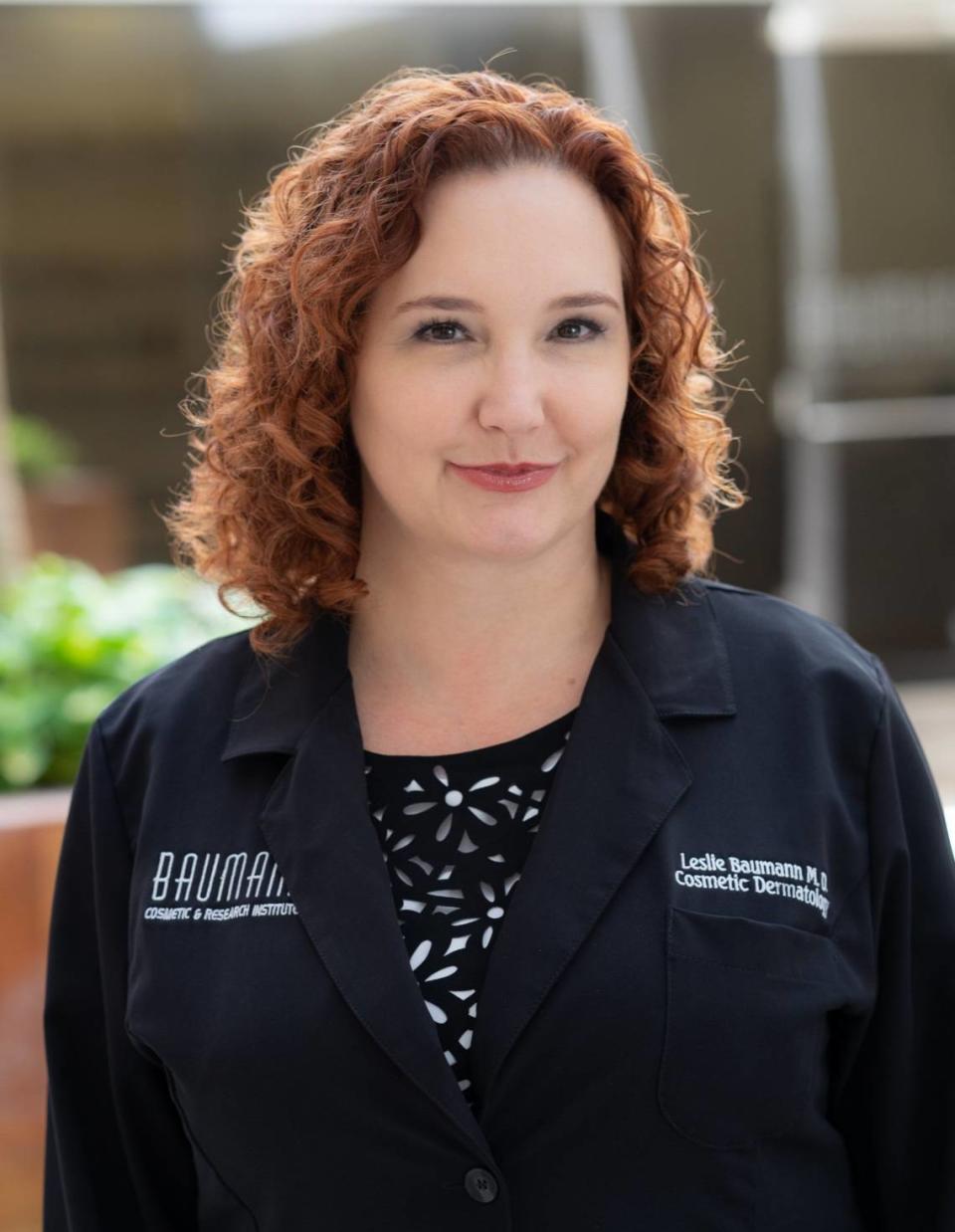What you need to know about probiotics, prebiotics for healthy skin
The skin microbiome is made up of trillions of microorganisms like bacteria, fungi and viruses. While most of these microorganisms are harmless, an imbalanced microbiome can lead to the growth of bad microorganisms.
A balanced microbiome plays a vital role in supporting a healthy skin barrier, fighting off harmful pathogens and maintaining homeostasis within the skin.
So how do you promote a healthy skin microbiome? Probiotics and prebiotics play key roles in balancing the microbiome. While both are frequently used on skincare labels, there are important distinctions between probiotics and prebiotics. Here’s what the difference is and how to choose the best skincare ingredients to strengthen your skin’s microbiome.
What are probiotics?
Probiotics are the live bacteria or yeasts that are beneficial to your microbiome. Fermented foods like yogurt, sauerkraut, kimchi and miso naturally contain probiotics. Eating these foods can greatly benefit your gut microbiome.
However, probiotics are not typically effective when used in topical skincare products because the preservatives used in these products to increase shelf-life kill the live probiotics.
What are prebiotics?
Think of prebiotics as the food or fertilizer needed for probiotics to grow.
Prebiotics are essentially long-chain sugars that feed beneficial bacteria so that they can continue to grow and thrive within the microbiome. These can be effectively used in skincare products to help boost the number of probiotics within the skin microbiome, so look for these ingredients instead of the live bacteria themselves.
Just a few examples of prebiotics found on skincare labels include fructo-oligosaccharides, gluco-oligosaccharides, and alpha-glucan oligosaccharide.
Bonus term: Postbiotics
Postbiotics are discussed less frequently than probiotics and prebiotics, but can be just as beneficial for the microbiome.
Postbiotics are the byproducts of live bacteria, or probiotics. Like prebiotics, postbiotics can be used in skincare products, since the live bacteria is not needed. Examples of postbiotics include ferments and lysates.
Bottom line
The key to a healthy skin microbiome is diversity. This is what it means when you hear or read about a “balanced” microbiome. You want a diverse group of microorganisms that can live harmoniously with each other to ultimately benefit your skin.
If you want to learn more about the skin microbiome and how probiotics, prebiotics and postbiotics affect it, listen to my interview with Dr. Alisa Zahr here.

For more skincare news and advice, follow @SkinTypeSolutions on social media, or browse the Skin Type Solutions library.
